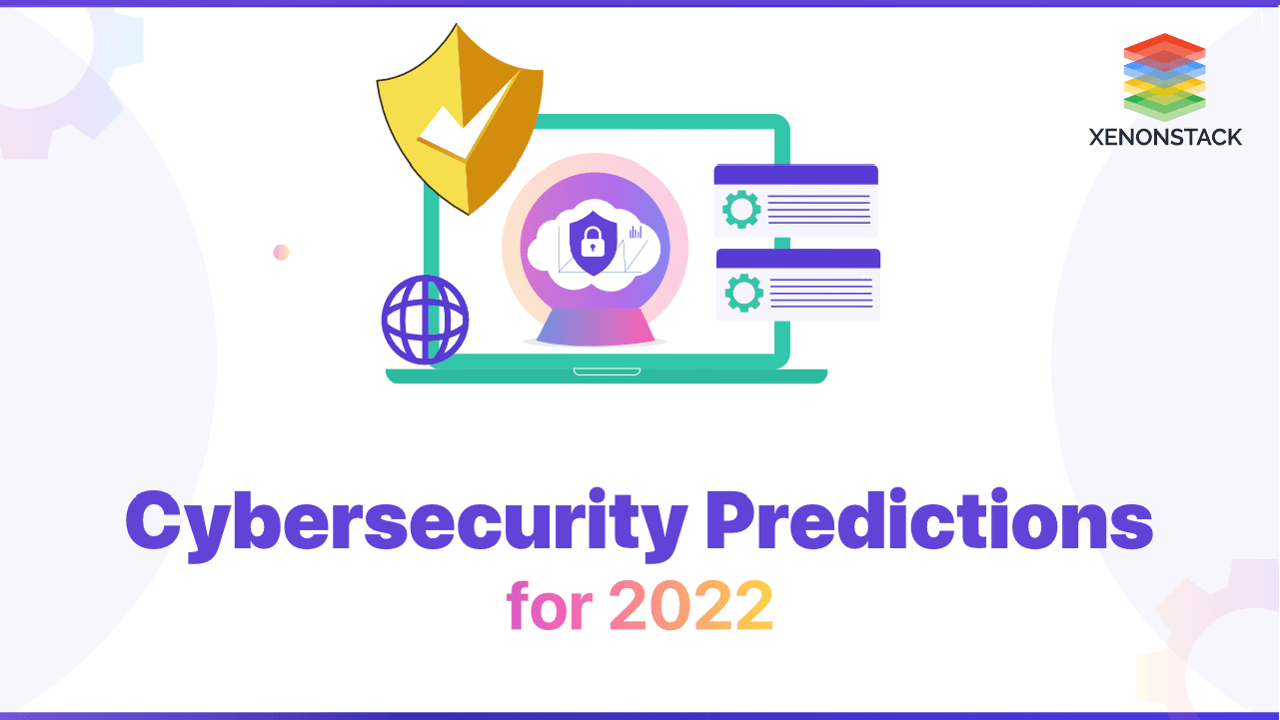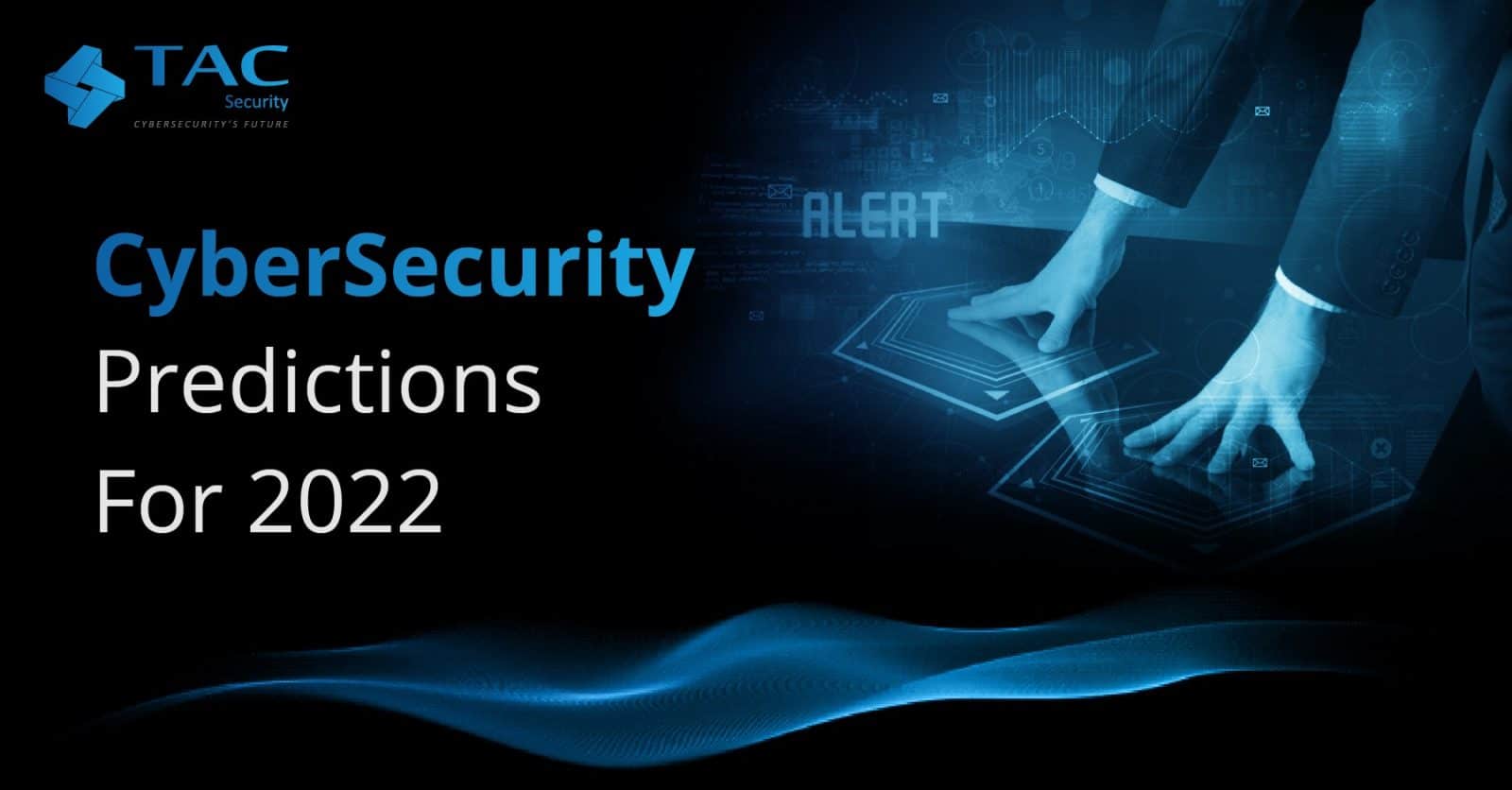Recognize Deepfake Social Engineering Attacks in online interactions.
Recognize Deepfake Social Engineering Attacks in online interactions.
Blog Article
The Next Frontier: Insightful Cybersecurity Predictions for the Coming Year
As we approach the new year, the cybersecurity landscape is on the edge of notable change. Key variables such as the assimilation of sophisticated AI technologies, the unpreventable surge of advanced ransomware, and the tightening of information privacy regulations are shaping the future of digital safety.
Increase of AI in Cybersecurity
In the swiftly developing landscape of cybersecurity, the assimilation of expert system (AI) is emerging as an essential force in boosting danger detection and feedback capabilities. AI innovations, such as artificial intelligence formulas and deep discovering designs, are being increasingly released to evaluate substantial quantities of data and recognize patterns a measure of safety and security risks. cyber resilience. This makes it possible for companies to proactively deal with vulnerabilities before they can be made use of
The surge of AI in cybersecurity is especially substantial in its ability to automate regular tasks, enabling human experts to focus on even more intricate safety and security issues. By leveraging AI, cybersecurity groups can minimize feedback times and boost the accuracy of danger analyses. Furthermore, AI systems can adjust and gain from new dangers, continually refining their discovery mechanisms to remain ahead of destructive actors.
As cyber hazards end up being extra innovative, the requirement for advanced remedies will certainly drive more investment in AI innovations. This fad will likely bring about the development of enhanced protection tools that incorporate predictive analytics and real-time surveillance, eventually fortifying organizational defenses. The change in the direction of AI-powered cybersecurity solutions represents not just a technical change however an essential adjustment in how organizations approach their protection strategies.
Boost in Ransomware Strikes
Ransomware attacks have ended up being a prevalent threat in the cybersecurity landscape, targeting organizations of all sizes and across numerous markets. As we progress into the coming year, it is prepared for that these strikes will certainly not just increase in frequency however also in refinement. Cybercriminals are leveraging innovative methods, consisting of making use of artificial knowledge and artificial intelligence, to bypass traditional safety steps and exploit vulnerabilities within systems.
The acceleration of ransomware strikes can be credited to several factors, including the rise of remote work and the growing reliance on electronic solutions. Organizations are frequently unprepared for the evolving hazard landscape, leaving critical facilities vulnerable to violations. The monetary effects of ransomware are incredible, with companies dealing with significant ransom demands and possible long-lasting operational interruptions.
Additionally, the pattern of double extortion-- where assaulters not just secure data yet likewise endanger to leak sensitive details-- has actually gained traction, better coercing targets to abide with demands. Therefore, services have to focus on robust cybersecurity actions, including routine backups, employee training, and occurrence action planning, to reduce the threats linked with ransomware. Failure to do so might result in devastating effects in the year ahead.
Evolution of Information Privacy Regulations
The landscape of information privacy policies is undertaking substantial makeover as federal governments and organizations respond to the boosting issues surrounding personal data protection. In the last few years, the application of detailed structures, such as the General Information Security Guideline (GDPR) in Europe and the California Customer Privacy Act (CCPA) in the United States, has established a precedent for stricter personal privacy legislations. These guidelines stress customers' rights to control their information, mandating transparency and liability from organizations that accumulate and process personal details.

In addition, organizations will need to improve their compliance techniques, purchasing advanced modern technologies and training to secure delicate details. The development of information personal privacy policies will not only influence just how businesses operate yet also shape customer assumptions, cultivating a society of count on and security in the electronic landscape.
Growth of Remote Job Vulnerabilities
As companies remain to welcome remote job, susceptabilities in cybersecurity have actually increasingly involved the center. The change to versatile job setups has exposed crucial gaps in protection protocols, especially as workers gain access to delicate data from different locations and gadgets. This decentralized work environment produces an increased attack surface for cybercriminals, that exploit unsafe Wi-Fi networks and personal gadgets to infiltrate business systems.

To reduce these susceptabilities, companies have to focus on extensive cybersecurity training and execute durable protection structures that include remote work circumstances. This includes multi-factor verification, regular system updates, and the facility of clear procedures for information gain access to and sharing. By dealing with these vulnerabilities head-on, companies can cultivate a much safer remote workplace while keeping operational durability when faced with evolving cyber dangers.
Advancements in Hazard Detection Technologies


Aggressive threat discovery has actually ended up being a foundation of contemporary cybersecurity strategies, mirroring the immediate demand to combat progressively advanced cyber dangers. As companies deal with a progressing landscape of susceptabilities, developments in danger detection go to my blog technologies are critical in mitigating dangers and boosting safety and security postures.
One notable fad is the combination of synthetic intelligence and maker understanding right into threat discovery systems. These innovations enable the evaluation of large quantities of data in real time, permitting the identification of anomalies and possibly destructive tasks that may escape traditional safety and security actions. Additionally, behavior analytics are being carried out to establish baselines for regular user task, making it easier to spot discrepancies indicative of a breach.
Furthermore, the surge of automated threat intelligence sharing platforms assists in collective defense efforts across markets. This Learn More Here real-time exchange of details enhances situational understanding and accelerates response times to arising dangers.
As companies continue to spend in these sophisticated technologies, the performance of cyber protection mechanisms will dramatically enhance, encouraging safety teams to stay one step ahead of cybercriminals. Eventually, these developments will certainly play an important role in forming the future landscape of cybersecurity.
Conclusion
In recap, the upcoming year is expected to witness transformative growths in cybersecurity, driven by the integration of AI technologies and a noteworthy rise in ransomware attacks. As information personal privacy policies become more stringent, companies will certainly require to enhance compliance techniques. The recurring obstacles postured by remote work vulnerabilities necessitate the application of robust protection measures and thorough training. Generally, these evolving dynamics highlight the essential significance of adjusting to an ever-changing cybersecurity landscape.
Report this page